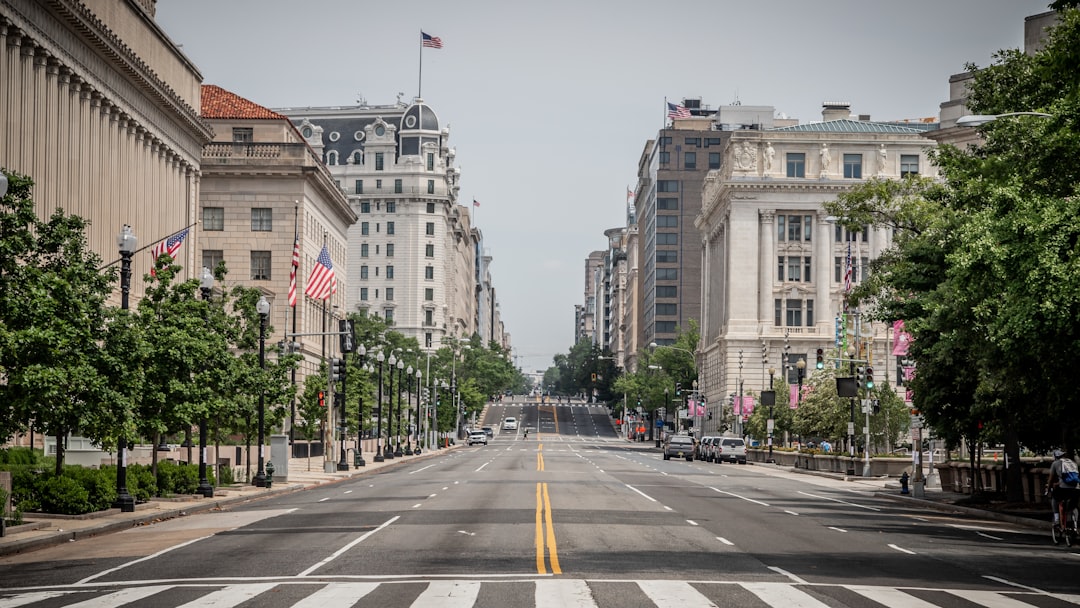Washington D.C. residents can combat spam calls by staying informed about spammers' tactics, leveraging local community resources like consumer protection agencies and workshops, joining Neighborhood Networks for collaborative action, using call filtering tools on smartphones, reporting suspicious calls, and educating neighbors on phone safety to create a safer digital environment and stop unwanted intrusions effectively, specifically focusing on How to Stop Spam Calls DC.
In the ever-evolving battle against spam calls, understanding your local landscape is key. This article guides residents of Washington D.C. on how to leverage community resources to combat this pervasive issue. We explore strategies like identifying local anti-spam organizations, collaborating with neighborhood networks, implementing effective call filtering tools, and educating community members to create a unified front against unwanted calls. Learn these steps to empower your community and reclaim your communication channels in DC.
Understand the Spam Call Landscape in DC

In the dynamic city of Washington, D.C., understanding the spam call landscape is paramount for residents aiming to protect their privacy and peace of mind. With a constant influx of unknown numbers popping up on screens across the district, navigating this digital nuisance can feel overwhelming. However, awareness is the first step towards tackling this issue effectively.
Spam calls, often disguised as legitimate business offers or scam warnings, have become increasingly sophisticated in their tactics. From bulk text messages to automated voice recordings, these calls target individuals at various times, leaving many DC folks questioning how to stop spam calls locally. Staying informed about the latest trends and techniques employed by spammers is crucial, enabling residents to identify suspicious activity and take proactive measures to safeguard against unwanted intrusions on their personal space.
Identify Local Community Resources

In the fight against relentless spam calls, knowing your local community resources is a powerful first step. For residents of Washington D.C., there are dedicated organizations and hotlines designed to combat this growing issue. Start by reaching out to your local consumer protection agency, which often provides valuable insights and guidance on managing unwanted phone calls. These agencies can offer advice tailored to your area, including specific regulations and blocking mechanisms.
Additionally, community centers and public libraries in DC host workshops and resources dedicated to teaching residents about privacy protections and call-blocking technologies. Engaging with these local initiatives equips you with the knowledge needed to navigate spam call challenges effectively. Remember, being informed is half the battle won when it comes to stopping unwanted and disruptive spam calls.
Collaborate: Engage with Neighborhood Networks

In the fight against spam calls, one powerful tool is right within your community. Engage with Neighborhood Networks—local groups and organizations that share a collective goal to keep their area safe and spam-free. These networks can serve as a centralized hub for sharing information and strategies about spam call trends specific to your neighborhood in DC. By collaborating, residents can collectively identify recurring spammer numbers, block them at a community level, and even report suspicious activity to relevant authorities.
This collaborative approach not only empowers individuals but also strengthens the overall defense against unwanted calls. It fosters a sense of unity and shared responsibility, ensuring that everyone stays informed and proactive in How to Stop Spam Calls DC. Together, these efforts can significantly reduce the nuisance and potential risks associated with spam calls, making your community a safer digital space.
Implement Tools for Call Filtering and Blocking

Implementing tools for call filtering and blocking is a powerful way to take control of your phone and stop spam calls in Washington, D.C. Many modern smartphones come with built-in call screening features that allow you to block or filter incoming calls from unknown or suspicious numbers. These tools use advanced algorithms to identify and block spam calls before they reach your ear.
Additionally, there are numerous third-party apps available that offer more comprehensive call blocking and filtering services. These apps often tap into community-driven data, where users report spam numbers, enhancing their accuracy over time. By combining these technological solutions, you can significantly reduce the number of unwanted calls, making your phone a safer and less cluttered space.
Educate and Empower Your Community Members

Empowering community members is a key strategy in combating spam calls. Start by educating folks on how to recognize and report suspicious calls, providing clear guidelines on what constitutes a spam call and where to file complaints. Hold workshops or community meetings to discuss current trends and techniques used by scammers, helping residents stay informed and vigilant.
Encourage neighbors to share information and experiences, fostering a sense of collective awareness. Many spam calls are targeted, so spreading knowledge can help identify patterns and common tactics. Additionally, teach basic phone safety practices like not providing personal details over the phone unless absolutely necessary and using call blocking apps or features to restrict unwanted calls. By empowering your community, you’re taking a significant step towards creating an environment where spam calls are less likely to thrive.






